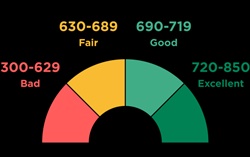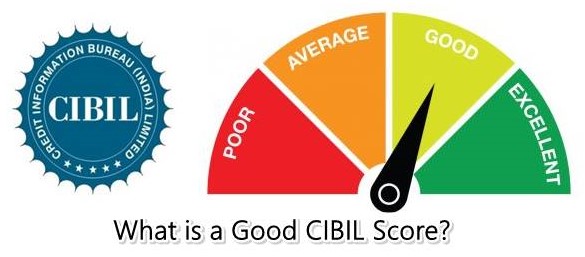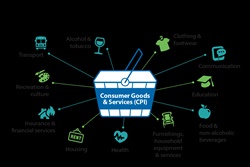
Table of Contents
What is a Good Faith Estimate (GFE)?
Good faith estimate (GFE) is a detailed form that a borrower gets after applying for a mortgage from your lender. If you're authorised for the loan, it gives you an estimate of the settlement fees and loan terms you'll likely have. The GFE comprises the mortgage loan's expected expenses.

The Good Faith Estimate gives you essential loan information that can help you:
- Compare your options
- Know the true cost of the loan
- Make an educated loan choice
How Does it Work?
Lending firms that you are contemplating working with to finance a big purchase, such as a home mortgage, will provide you with a good faith estimate. When someone applies for a reverse mortgage, the lender is obligated to present them with an estimate. This estimate will be offered to you as part of the reverse mortgage application process. It's important to note that obtaining a GFE does not imply that you've decided to take out the loan.
A GFE allows you to compare offers from different lenders and brokers. Borrowers can review the breakdowns and contract conditions after they obtain the paperwork and decide whether or not they want to proceed with the mortgage loan from that particular financial institution.
The form is designed in simple terms to assist customers in understanding the conditions of the mortgage they are asking for, and borrowers can shop around and get numerous estimates before deciding on a loan or a lender.
The Three Day Rule
The Good Faith Estimate is a legal document to be provided by the lender within three business days of receiving your mortgage application, which many consumers are unaware of. The lender may be in violation of the law if you do not get your GFE within that time frame. It's also worth noting that if your loan application is refused before the three-day period expires, the lender isn't obligated to send a GFE.
Furthermore, the legislation stipulates that the GFE must be provided when the lender receives a full loan application, with a clear description of what constitutes a complete application. The following items must be included:
- Borrower's name
- Monthly Income of the borrower
- Property's address
- Property's estimated worth
- Amount of the loan
- Any other information the lender deems relevant
Talk to our investment specialist
Limitations of Good Faith Estimates
The expenses shown on the form are simply estimates, and they're meant to give borrowers an idea of how much they'll have to pay to receive the loan. When everything is finished, the real expenses may be more or less.
The differences between the GFE and the actual closing expenses have reasonable explanations. The lender may not be aware of all the expenditures of third-party closing services, which might be termed hidden costs of ownership.
Impact on Credit Score
Getting a GFE on its own does not impact your Credit Score. If you do decide to work with a lending business, you should be aware that they may need extra financial information to complete the loan procedure. A complete Credit Report is likely to be included.
Pulling your credit report in its entirety might have a negative influence on your credit, particularly if you do it repeatedly. If your reverse mortgage loan origination is the only time you have a rigorous credit check, the effect on your credit score is likely to be minor.
All efforts have been made to ensure the information provided here is accurate. However, no guarantees are made regarding correctness of data. Please verify with scheme information document before making any investment.












